New partnership with MAGICS aims to revolutionize cementitious waste monitoring and contamination mapping techniques
Fourth collaboration in ANUBIS project focuses
on global, industrial applicability of waste management
A joint effort between SCK CEN and MAGICS is under way to develop advanced technologies that promise groundbreaking improvements in the monitoring and prediction of damage caused by ASR-DEF reactions in cementitious radioactive waste forms. At the same time, the collaboration seeks to bring about an improvement in contamination mapping methodology, enhancing the efficiency and accuracy of the radiological characterisation process. This ambitious project, which forms part of the ANUBIS project, is expected to drive significant advancements in the field of more sustainable and safe radioactive waste management.
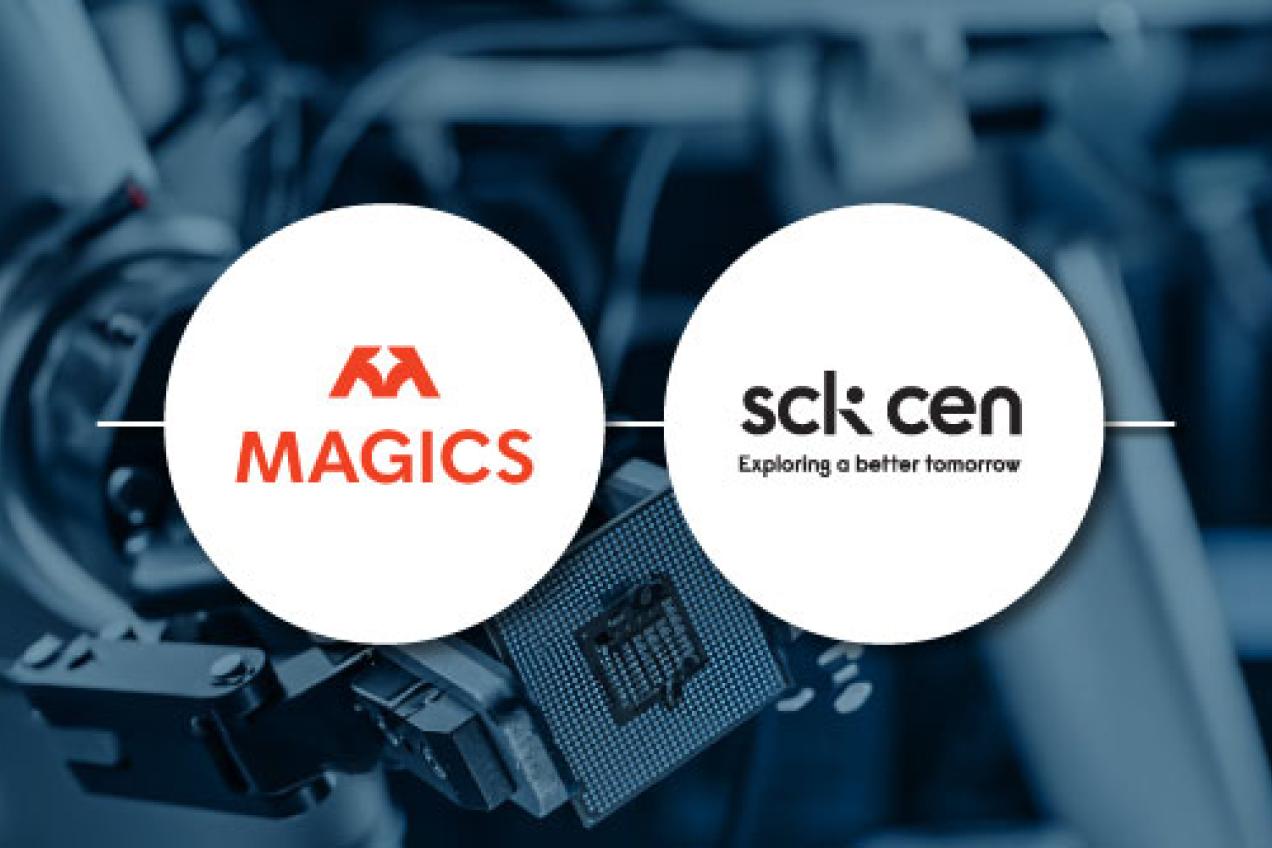
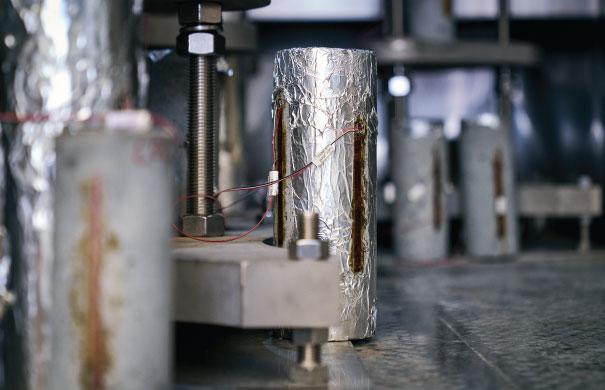
Collecting and monitoring data
The collaboration between SCK CEN and MAGICS aims to tackle crucial challenges within the waste management domain. First of all, both partners are focusing on developing a robust data collection system for monitoring ASR-DEF phenomena in 1-1 scale simulated cemented waste drums. SCK CEN, which is spearheading this endeavour, is focusing on designing an experimental setup and formulation that will promote ASR-DEF reactions and on understanding the expansion and cracking induced by the underlying ASR-DEF phenomenon. Meanwhile, MAGICS is responsible for the development of sensors and data collection systems. The project also includes a meticulous integration process, ensuring the safe and effective installation of the data collection infrastructure. This experiment will play a major role in early detection and mitigation of possible effects of ASR and DEF in real radioactive cemented waste drums.
ASR-DEF explained
ASR (Alkali-Silica Reaction) and DEF (Delayed Ettringite Formation) are chemical reactions that can occur in cementitious structures, particularly in the presence of certain materials or under specific environmental conditions.
ASR occurs when silica from aggregates in the mix react with the alkalis in the cement. This reaction can lead to the formation of a gel-like substance, causing the cement or concrete to expand and crack over time. Imagine it like a slow, internal swelling that can weaken the structure, potentially leading to significant damage.
DEF refers to a process in which ettringite, a mineral naturally formed during the early stages of hardening, is formed again at a later stage (hence the term ‘delayed formation’). This process is linked to high temperatures (>65°C) during the early stages, which prevent the formation of ettringite or dissolve the ettringite formed originally. This leaves the minerals free to take part in a delayed reaction later. This transformation can cause the concrete to expand and develop internal stresses, which can lead to cracking and reduced durability. We can visualise this as a delayed, internal chemical reaction under constrained conditions, which gradually weakens the cement or concrete's integrity.
When constructing and maintaining cementitious materials, especially in the context of radioactive waste management, it is crucial to anticipate ASR and DEF reactions, as these can have an impact upon long-term stability and safety. By closely monitoring and understanding these phenomena, researchers and engineers aim to develop effective strategies to avoid ASR and DEF or to mitigate their effects and ensure the long-term structural integrity and safety of concrete structures.
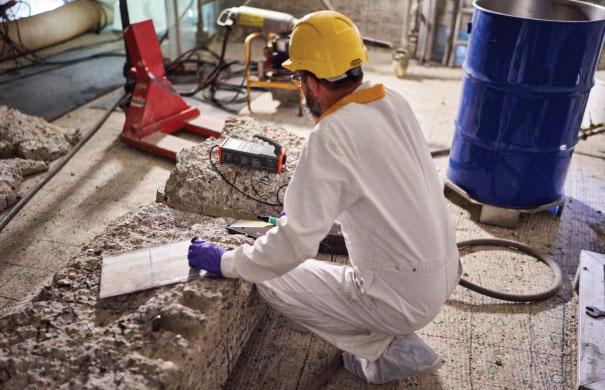
Mapping contamination levels
Meanwhile, a second part of the partnership is focusing on enhancing the methodology for the mapping of contamination levels of building structures. SCK CEN is dedicated to creating a prototype add-on for existing handheld monitors, while MAGICS is tasked with developing the necessary hardware and software components. This comprehensive approach is expected to streamline the characterisation process and reduce human error, ultimately leading to more efficient and accurate contamination assessments.
The project necessitates a multi-faceted approach and a comprehensive and efficient development process. SCK CEN's expertise in radioactive waste management and reaction dynamics complements MAGICS' proficiency in sensor technology and data management.
"Our joint effort to develop an advanced contamination mapping methodology represents a significant leap forward in the radiological characterisation process. This work is positioned to reshape the benchmarks for accuracy and precision in the field of radioactive waste management," said Jens Verbeeck, CEO of MAGICS.
Practical application for global impact
As a result of this new ANUBIS partnership, the collaborative team envisions a future in which the monitoring, characterisation and management of cementitious radioactive waste forms become significantly more efficient and reliable. This innovation not only promises improved safety standards, but also holds the potential to revolutionise waste management practices globally. As the project progresses, both partners will keep the industry informed about the practical implementation of the developed technologies that are developed, so that they can be utilised immediately.
ANUBIS & the relaunch plan for Belgium and Europe
Let’s rewind to 2021. At that time, the European Union awarded SCK CEN funding for the ANUBIS project, which stands for "Advancing Nuclear dismantling in Belgium through Improving Sustainability". The main goal of the project is to develop technologies and competencies in order to maximise the reuse of materials released during nuclear decommissioning. This includes the construction of a new research, development and demonstration facility with associated facilities for supporting innovation in dismantling projects in Belgium.
The project not only fits in with the Belgian-European plan for the economic recovery from the COVID-19 pandemic, but it also connects seamlessly with the sustainable dismantling of the five nuclear power plants at Doel and Tihange. "And we are not alone," said Nele Weyens, who is leading the ANUBIS project at SCK CEN. "We are already joining forces with four partners in the private sector."
💡 Do you want to know more about ANUBIS? Click here.
Related articles
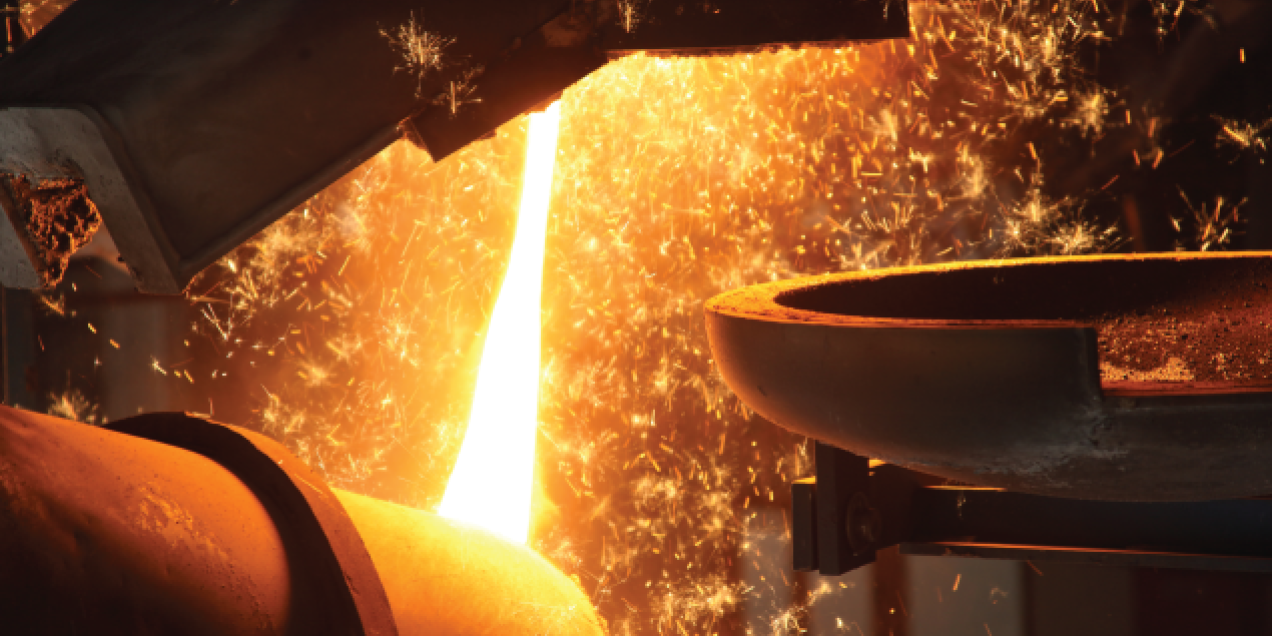 23 April '24
23 April '24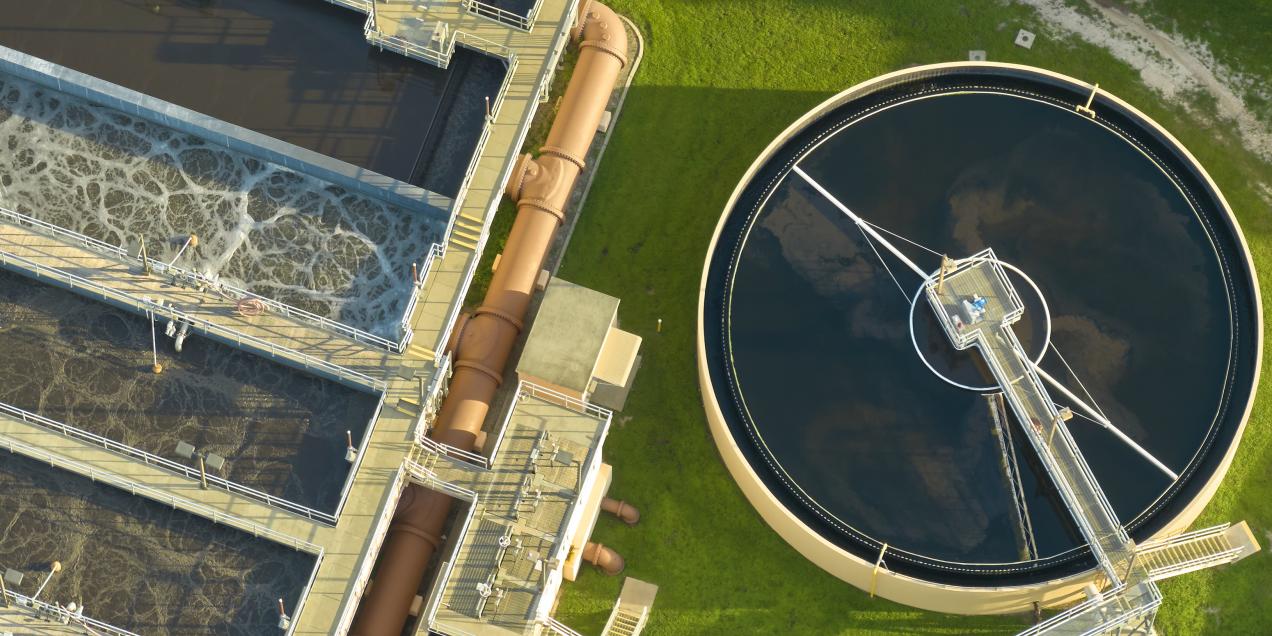 29 February '24
29 February '24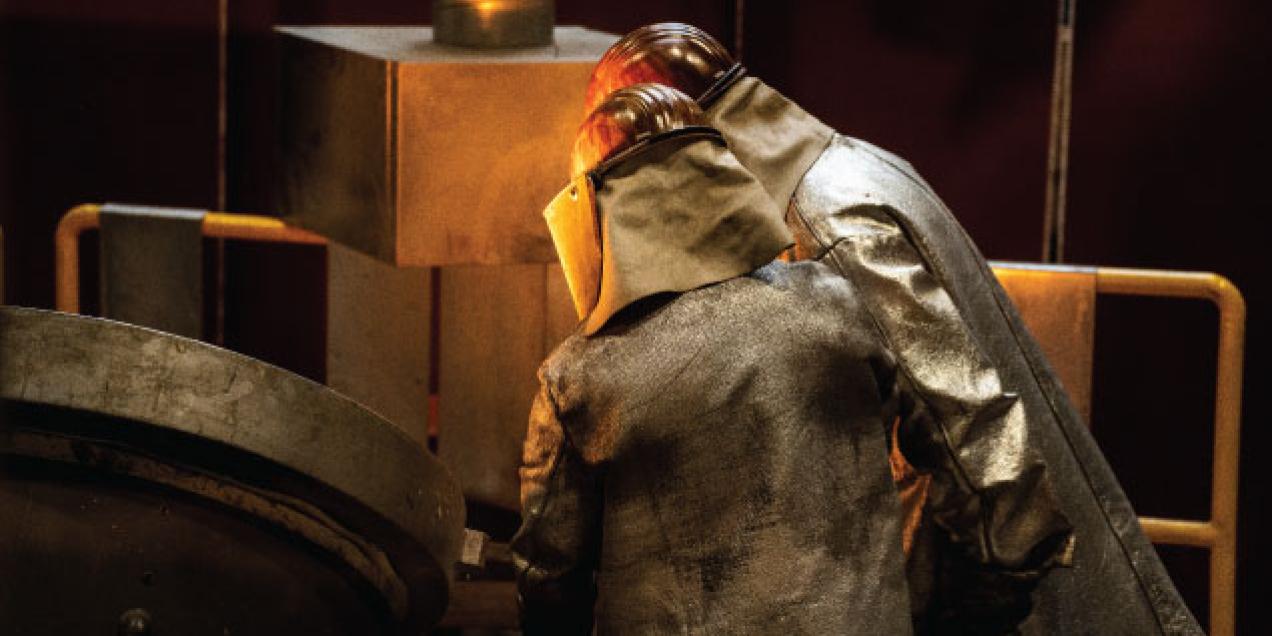 13 February '24
13 February '24